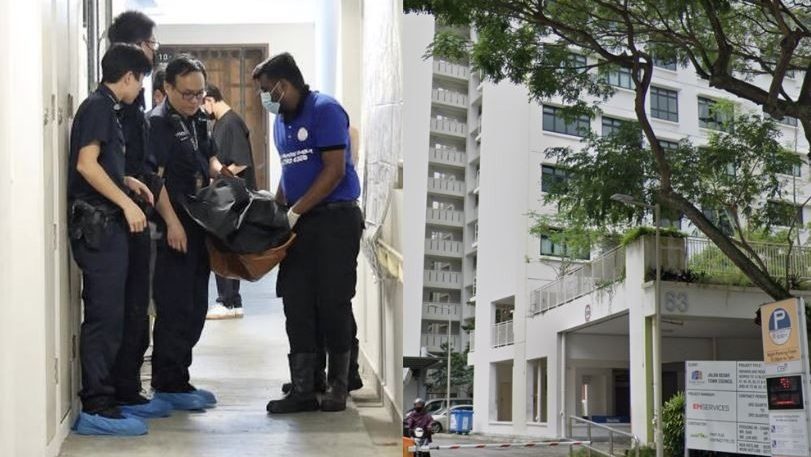SINGAPORE: In a morbid and heartbreaking find, skeletal remains were uncovered in a cluttered Housing Board flat that is believed to belong to a man who may have been dead for almost a year. The case — which The Online Citizen first reported on March 31 — has raised widespread alarm and prompted urgent debates about urban isolation and community disconnect in a country that is one of the world’s most densely populated.
This will describe the chilling tale of a skeleton discovered in a messy apartment in Sims Place, suspected to be a victim of demise in total loneliness. This incident points to more than just a tragic, personal end but a more widespread, unvoiced narrative of loneliness and neglect in the urban landscape.
Officers responded after neighbours reported a strong smell coming from the unit and a pileup of unopened mail. When they forced entry, officers found the man’s skeletal remains buried under piles of clutter that made moving through the flat almost impossible, the authorities said.
Preliminary findings indicated no signs of foul play, but investigators suspect the man may have been dead for close to 12 months, leading to serious questions about how such a death could have gone unnoticed in a high-rise HDB block that had neighbours for hundreds of feet.
Despite the density of Singapore’s public housing estates, deaths like this one illustrate the growing phenomenon of social isolation — especially among the elderly and those who live alone. As more women and men live to old age without adequate family or social support, the risk of falling through the cracks rises.
While the country is known for its efficiency and infrastructure, experts say that emotional and social connections within neighbourhoods have suffered over the years. People tend to mind their own business, so neighbours rarely speak to each other outside of a perfunctory greeting.
Mental health, hoarding and struggles
While physical infrastructure in Singapore is highly developed, social cohesion within neighbourhoods appears to be eroding. It’s increasingly common for residents to keep to themselves, rarely engaging beyond a nod or a passing greeting.
The flat’s cluttered state is extreme enough to suggest that its owner may suffer from hoarding behaviour — a key risk factor of underlying mental illness, including anxiety, depression or trauma. Such conditions may drive people into solitary life, leaving them withdrawn and beyond the reach of others, even when they are physically close to those around them.
Public housing estates in Singapore are known for their organisation, but the situation exposes growing problems arising from the neglected isolation seniors face when living independently. Research from the YCP says that elderly Singaporeans living by themselves will reach 83,000 individuals throughout 2030 from the current figure of 47,000 in 2016.
Poor organisation within the flat suggests a possible hoarding disorder, which is typically associated with anxiety symptoms or depression and past traumatic experiences. The World Health Organisation identifies depression as the main cause of disability worldwide because it makes social interaction and everyday functioning extremely difficult.
Mental health advocates say this case highlights the urgent need for more community-based mental health outreach and greater public awareness and empathy.
Demand for increased awareness and community empowerment
This tragic case has triggered calls for tighter community safety nets and a re-energisation of efforts to forge tighter neighbourly connections. Grassroots leaders and social service agencies are asking residents to reach out more often to those who live alone, particularly older or reclusive people.
Other MPs and town council representatives also included calls for continued work on mental health resources, eldercare initiatives and public housing support systems to prevent a similar tragedy from happening in the future.
The skeleton found in a Sims Place flat is more than just an isolated case — it is a sobering symbol of the silent struggles people undergo behind closed doors. In a city of connectivity and convenience, this case is a reminder that connection is about looking out for.

